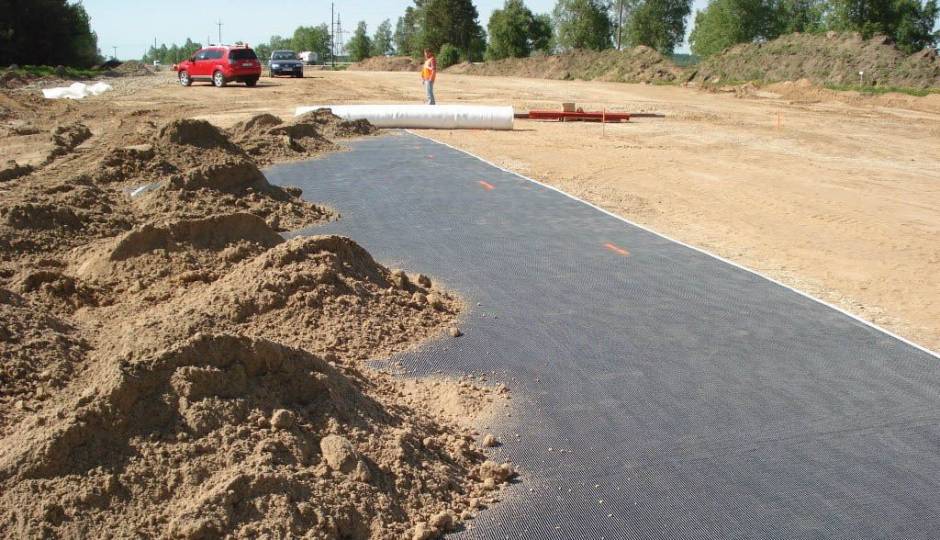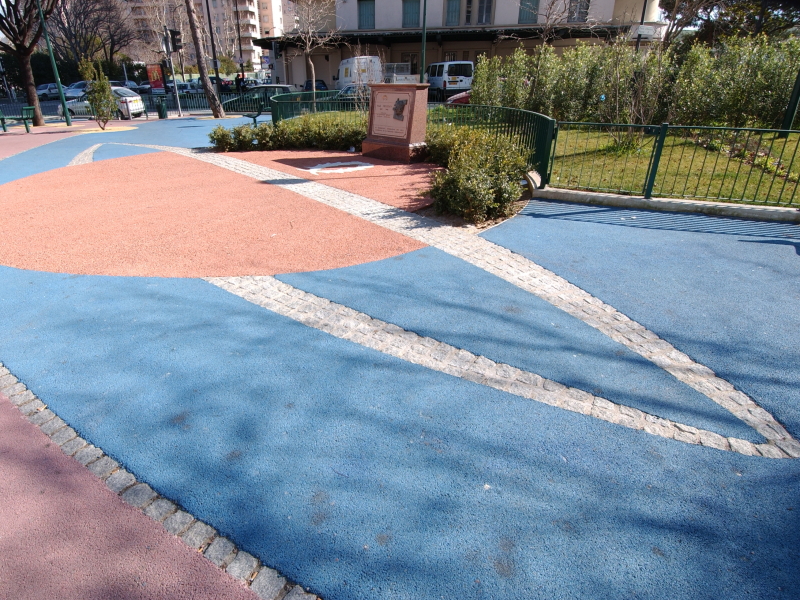Technical information
Please inform us if you would like to see one specific topic covered (info@roadmat.com) or would like to sponsor a case study (sponsorship options detailed in a specific user guide note https://www.roadmat.com/en/paper/14/view.html).

Use of Asphacal® TC to protect tack coats
The use of Asphacal® TC has become inevitable during road maintenance operations. It preserves the cleanliness of neighboring road network, insures a proper bonding and the performance of surface courses, thus allowing for a long pavement life
Case study
30 August 2024

Why use geosynthetics in pavement engineering?
This note describes geosynthetics, geotextiles and associated products and how they are used in road construction
Technical note
05 September 2024

B2Last®: the new bitumen additive for enhanced asphalt durability
The principles and benefits of B2Last® were validated in the B270 test section where it was shown that similar properties to those obtained with conventional polymer-modified binders could be achieved, while allowing for a significant temperature reduction (Warm Mix)
Case study
22 March 2024

RoadMat R&D: Presentation of the RoadMat database at the 27th World Road Congress
Three papers and a poster on the RoadMat database have been presented at the 27th PIARC World Road Congress held in Prague (Czech Republic) in October 2023
RoadMat R&D Studies
18 February 2024

Synthetic binders or how to replace petroleum-based bitumen?
This note describes the origin and formulation of synthetic binders that mimic petroleum-based bitumen properties, except its black colour
Technical note
16 January 2024

RoadMat R&D: Reinforcing bituminous pavements with geogrids
RoadMat works on Research & Development (R&D) projects on road materials. An example of recent R&D activity of RoadMat is described in this short note, with several studies on the reinforcement of pavements using geogrids
RoadMat R&D Studies
18 December 2023

RoadMat R&D: Factors controlling Delta Tc
RoadMat works on Research & Development (R&D) projects on road materials. An example of recent R&D activity of RoadMat is described in this short note, with a study on binder specifications
RoadMat R&D Studies
10 December 2023

Sponsorship options
The benefits that we offer for our generous sponsors. Contact us for more information (info@roadmat.com)
User guide
19 August 2023

The structure of bitumen
This note describes the basics of bitumen origin and chemistry. It helps understand the way many additives work
Technical note
04 August 2023

The Emulsion Asphalt Prime (EAP), prime coat application in Thailand
The benefits of prime coat are to enhance aggregate’s cohesion of road base course resulting in no surface damage prior to paving and to prevent water penetration through the base course prior to paving. This technique is commonly performed with emulsions and used worldwide to provide a bond between the base course and asphalt layer.
Case study
20 June 2023
